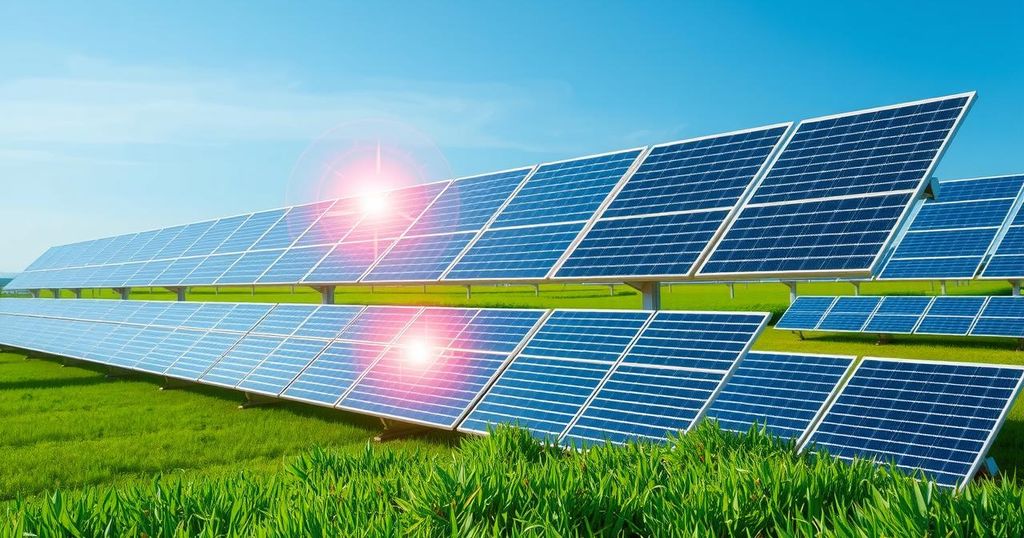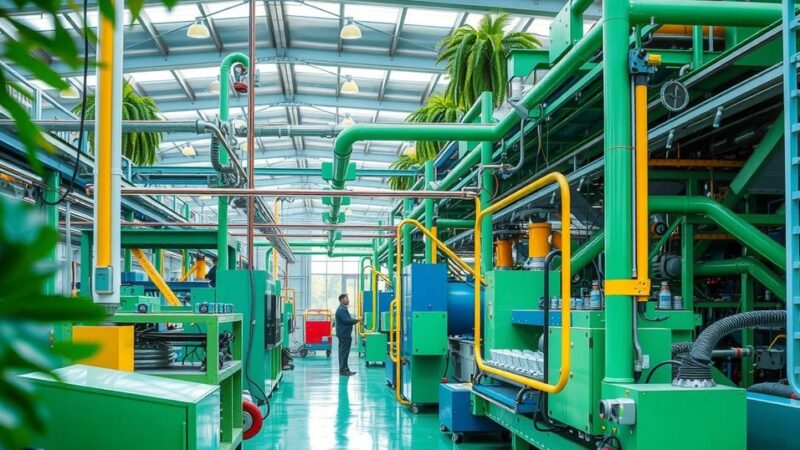Enphase Energy has praised Brazil’s NBR 17193 standard, which mandates fire safety protocols, including rapid shutdown capabilities for solar installations. The company’s microinverter technology supports low-voltage conversion, aligning with safety objectives, and is crucial for reducing fire-related risks. Installers are urged to visit Enphase’s website for more details.
Enphase Energy has expressed strong approval for Brazil’s newly established fire safety standard, NBR 17193, which mandates stringent safety measures for solar installations across all building types. This regulation is particularly focused on minimizing fire risks tied to high-voltage direct current energy components like centralized string inverters.
The microinverter technology developed by Enphase converts low-voltage direct current from solar panels into low-voltage alternating current directly at the panel. This innovation aligns seamlessly with the safety objectives outlined in the new standard by eliminating the reliance on high-voltage direct current in both residential and commercial solar installations.
Moreover, Enphase microinverters feature rapid shutdown functionality, an essential safety feature that facilitates the immediate de-energization of systems during emergencies. The newly implemented safety standard necessitates that all solar energy installations in Brazil incorporate this rapid shutdown capability before connecting to the grid, consequently safeguarding properties, individuals, and emergency responders, while also conforming to international solar safety best practices.
Installers and distributors in Brazil are encouraged to explore more about the NBR 17193 standard by visiting the Enphase website.
In summary, Enphase Energy has positively recognized Brazil’s NBR 17193 fire safety standard, which emphasizes safety in solar energy systems. Their innovative microinverter technology and the mandatory rapid shutdown feature not only enhance safety but also ensure compliance with global safety practices. This advancement represents a significant step forward in minimizing fire hazards in solar installations across Brazil.
Original Source: www.tipranks.com






